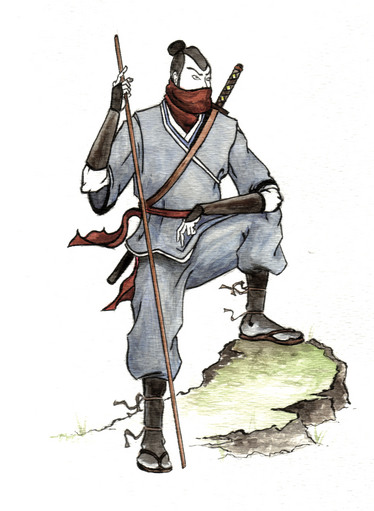
While the Internet makes most things in our lives much easier, we’re all accumulating digital clutter. Whether it’s photos, music, documents for work, spreadsheets or whatever, it’s always piling up and often getting in the way of what matters: keeping things safe and organized. Today, our digital lives are pretty important and for most of us, we simply couldn’t function without them.
It doesn’t matter whether you’re working for an online company or you just spend a lot of time online, we’ve all got digital files. These all need to be organized so we can keep on top of it and make sure we don’t lose anything. We’ve all been there when our laptop throws in the towel and our backup isn’t current, leaving us without hundreds of photos. With these ninja tips, you’ll never have that problem again, and you might find that your workflow and computer speed up.
Keep It Simple
The best piece of advice there is to keeping all of your photos and such organized is just to keep it simple. There’s no need to over-complicate things and with excessive techniques, it’s a lot easier to forget where something is. Or worse, you could completely forget about valuable files.
The best way to do this is to just do it yourself. It’s great that programs like iPhoto, Picasa, iTunes and such keep our files organized, but you still need to know where they are. If you let all these other programs do everything for you, your hard drive becomes a mess. By taking back a little control and keeping things in folders yourself, you reduce the risk of losing photos or music and it makes it all a lot easier to keep track of.
Folders Are Your Friends; Use Them Wisely
You might think that dumping all of your photos in one big folder is fine, but it really isn’t. This sort of “organization” will end up with you losing photos or files quite easily. Instead, you should come up with your own system of folders and keep organizing things on the go. It doesn’t necessarily have to be pretty, as long as it works for you.
For instance, if you were trying to get on top of your folders for work documents, you could have a different folder for each project or each month of every year. This also makes going back in time a whole lot easier, too. Not to mention the advantage of being able to backup safely and quickly. Folders are a great tool for you to use however you prefer; you can create sub-folder after sub-folder if you choose. Once you get used to using folders, you’ll find it so much easier finding files from years ago, let alone last week.
Embrace the Cloud
You don’t have to be a network administrator to use “the Cloud” to its fullest. At its very core, the cloud is great for storing files, and can make things very, very easy when it comes to organizing. Dropbox, for instance, has some incredibly helpful uses, one of the biggest being Camera Upload. Simply link your smartphone to your Dropbox account, and all of your photos taken with your phone are instantly uploaded to your Dropbox with date and timestamps in the file name – how useful is that? What’s even better is that Dropbox seamlessly integrates with Windows or Mac OS X so all these files will be waiting for you at home.
In general, using Cloud storage can solve two problems: organization and backup. Smartphones are such a large part of our lives that most of our important data comes from them. Linking our smartphones to a Cloud storage option helps us keep things organized and provides a backup separate from our phones should we lose them.
Keep on Top of Your Emails and Online Accounts
You might think that e-mails are old-fashioned by now, but they’re still very important. For anything you do online, your e-mail inbox is like an archive. As with many archives, they can become bloated and cluttered when unattended. You should keep on top of your emails if you’re busy online and especially if you use it for work.
There’s no denying that it can be difficult sometimes, but the ruthless Inbox Zero method is the best path to follow. Delete what you no longer need or won’t ever get round to dealing with. Again, folders and labels are your friends and you should definitely keep onto very important e-mails–but everything else should be deleted. There’s nothing worse than waking up to an inbox that reads “999+ unread.”
We all have a Facebook account, and many of us have Twitter and Google+ accounts. These online services all have access to certain parts of your information and you should keep an eye these. Facebook games and “apps” are especially problematic and can fill your news feed with junk; head on over to your account settings to get them back under control. Just like we detailed above, keeping things simple online will prevent potential headaches.
There’s a lot that you can do to keep on top of your digital life. Most methods are relatively simple and anyone can do them. The first time you start clearing out the clutter that is your digital life, it can a long time. However, once you’ve done it it’s much easier to keep things neat and tidy. Should anything go wrong– a lost phone or broken laptop, say–you’ll have backups and it’ll be easy to find those important files. It’s also important to remember that all of this is just going to get worse as everything creeps into the digital realm, so you had better start sooner rather than later.
Photo Credit: Wikimedia/Sidharta-999



















